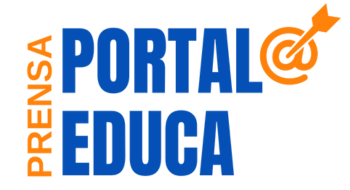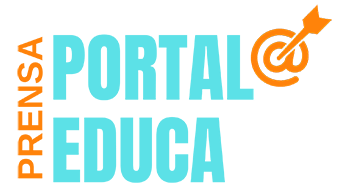In the competitive world of business, proposals can be the decisive factor between securing a deal and watching it slip through your fingers. Robust proposal management is essential for organizations looking to stay agile and responsive in today’s fast-paced market. A proposal software program can significantly streamline this process, enhancing collaboration, increasing accuracy, and ensuring timely submissions. By taking advantage of the technological advancements in proposal management, businesses can focus on strategy and content rather than getting bogged down by administrative tasks. Keep reading to discover how your organization can benefit from automating your proposal workflow.
Understanding the Importance of Proposal Workflow Optimization
Business proposals are the linchpins that connect an organization’s services or products with potential clients’ needs. However, crafting a persuasive proposal is often cumbersome and time-intensive. Workflow optimization through proposal software can revolutionize this critical process by eliminating redundant steps and simplifying communication paths within a team. By creating a more efficient workflow, businesses spare valuable time and resources that can be invested in refining their proposals.
Optimized proposal workflows eliminate common errors and inconsistencies that might otherwise slip through manual processing. Digital tracking and management ensure that each element of the proposal is thoroughly reviewed and approved before submission. This level of precision is vital in maintaining an organization’s reputation for professionalism and attention to detail, a key factor in winning contracts.
If you’re looking for proposal software with strong analytics capabilities, Upland’s Qvidian is a great choice. Additionally, built-in analytics within a top proposal software program offer insightful metrics on the performance of your proposals. These analytics can guide future improvements, identifying what resonates with clients and which areas need refinement.
A well-organized proposal process also contributes to better internal coordination and collaboration. Contributors from various departments can effortlessly add their expertise, ensuring a comprehensive and coherent final document. This synergy not only improves the quality of proposals but also fosters a collaborative work environment, which is conducive to innovative thinking and problem-solving.
Key Features of Proposal Software That Enhance Efficiency

Modern proposal software incorporates various features designed to streamline the proposal creation process. Automation stands at the center of efficiency improvements, taking over repetitive tasks such as data entry and formatting. This automation ensures that team members can dedicate more time to strategy and content creation, rather than mundane administrative work.
Collaboration tools within proposal software eliminate the classic problems of version control and document management. Team members can work simultaneously on different parts of the proposal, with changes being saved and synced in real time. This not only accelerates the creation process but also significantly reduces the risk of overlapping effort or conflicting revisions.
Customizable templates are another hallmark of efficient proposal software. These templates provide a solid starting point for various proposal types, ensuring brand consistency and adherence to internal standards. Moreover, they also help in maintaining a uniform tone and structure within the document, making it more readable and persuasive.
Measuring the Impact of Proposal Software on Your Business

After adopting proposal software, it’s essential to measure its impact to ensure the investment is delivering the anticipated benefits. Key performance indicators such as the time to completion, win rate, and client feedback should be monitored. These metrics can show if the software is helping proposals to be crafted more quickly and if they are more successful in securing business.
A reduction in human error and an increase in document consistency and quality are other tangible benefits that can be tracked. Looking for trends in errors or successes before and after implementation can provide valuable insights into the effectiveness of the software. These trends can inform training, system refinement, and future decision-making.
Long-term financial gains, such as an increased return on investment (ROI) from winning more contracts or utilizing fewer resources in the proposal process, are the ultimate measures of success. They signify not just the effectiveness of the software, but also its transformative power on the business as a whole.
Optimizing your proposal workflow with software is a strategic move that can revolutionize how your business competes and grows. Overall, the benefits of improved efficiency, increased win rates, and enhanced collaboration make proposal software a worthwhile investment for any forward-thinking organization looking to secure an edge in a competitive marketplace.






















